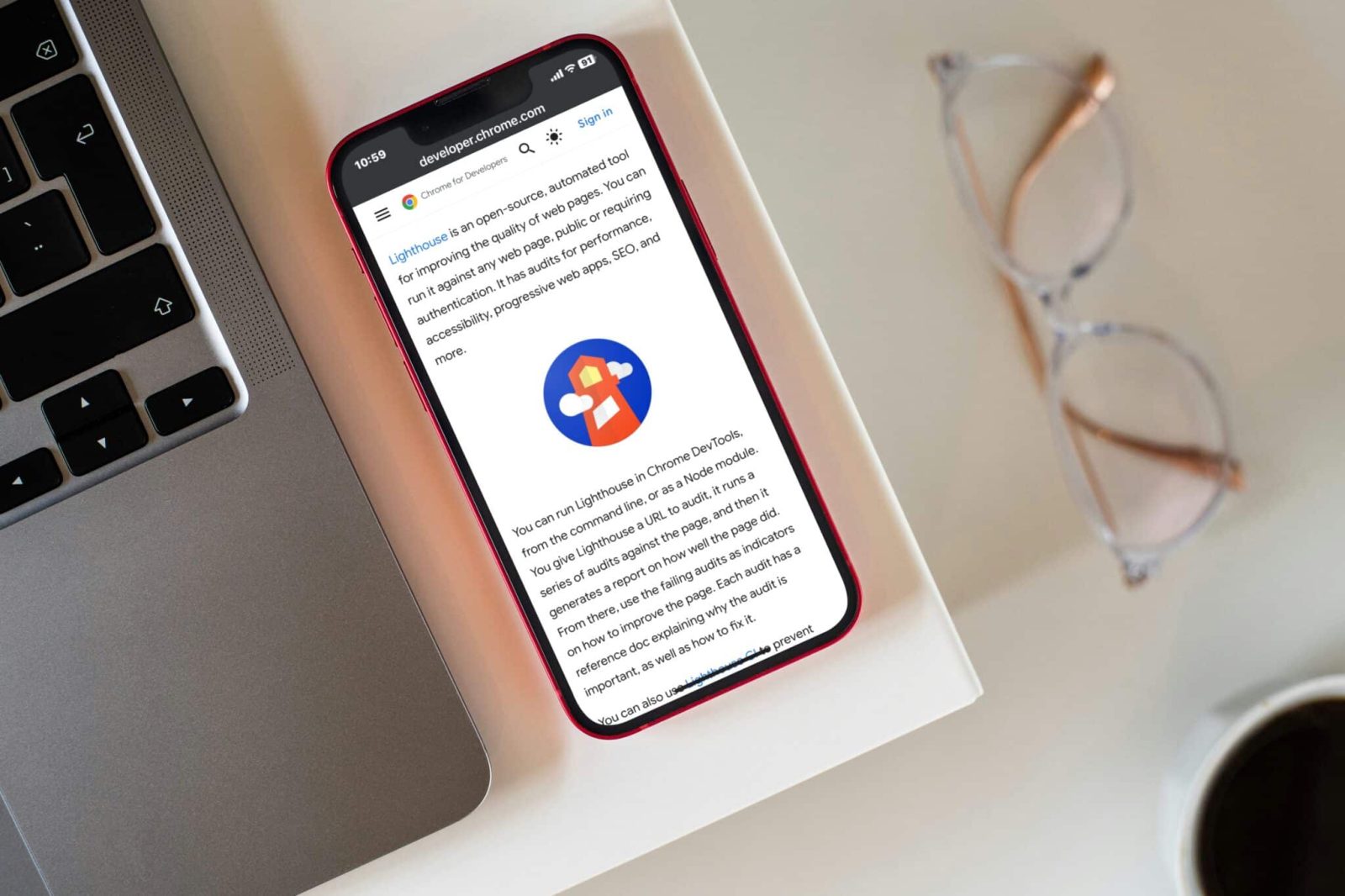CRO is the process of increasing the number of website or app visitors to take a desired action. This action, referred to as a conversion, could be anything from a purchase to signing up for a newsletter or downloading a brochure.
What makes CRO special is that it’s a data-driven approach that goes beyond the guesswork to ensure informed decisions about optimizing your site, which results in a high return on investment (ROI).
The best way is to visualize visitors going through a marketing funnel; at the start, they express interest and may engage with elements on the site; if they like what they see, they may take the desired action (set by the website) and convert. But sometimes, at some stage of the funnel, a drop-off may be experienced – and this is where CRO comes in and tries to reduce that.
A CRO specialist looks to identify where and why customers are dropping off in the funnel (is there an obstacle or friction stopping them from converting?) and tries to implement a solution to reduce the drop-off.
Funnel drop-offs vary by business – it could be down to unclear messaging, unfriendly UX design, or hidden costs before a purchase but without going through the CRO 6 steps, it will be difficult to pinpoint the reason for drop-offs.
By optimizing your website or app and removing any obstacles that might prevent visitors from converting, one can boost the bottom line without necessarily needing to put additional efforts into attracting more visitors. This is all achievable with CRO.







